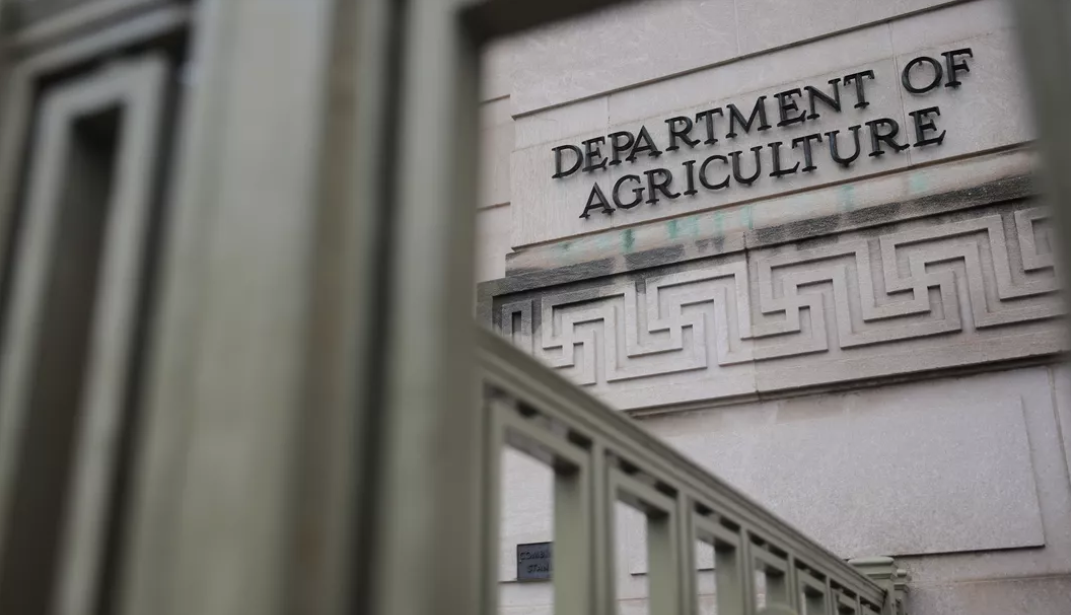NYPD’s controversial Strategic Response Group leashed as police brutality settlement goes into effect
The NYPD will now limit deploying the controversial Strategic Response Group (SRG) unit due to a settlement agreement made over alleged excessive force. The post NYPD’s controversial Strategic Response Group leashed as police brutality settlement goes into effect appeared first on New York Amsterdam News.


The NYPD will now limit deploying the controversial Strategic Response Group (SRG) unit due to a settlement agreement made over alleged excessive force during the 2020 Black Lives Matter protests. On Oct. 3, the department entered the second phase of the lawsuit agreement to establish a four-tiered system on how police can respond to protests and other First Amendment activity based on turnout and conditions. The lowest tiers prevent deploying SRG officers entirely.
“We should not see any SRG officers unless there is a tier three protest,” said NYCLU senior staff attorney Veronica Salama. “And for a protest to reach tier three, that has to be authorized by an incident commander. It has to be triggered by a set of limited circumstances. And even then, where we see SRG deployed, we should be seeing targeted law enforcement activity and not broad swaths of enforcement activity against all protesters.”
Through Payne v. De Blasio et al., a class-action lawsuit brought by the New York Civil Liberties Union (NYCLU), the Legal Aid Society, and Attorney General Letitia James, the NYPD agreed to several reforms in 2023. But legal challenges by the Police Benevolent Association (PBA) — the country’s largest police union, which represents the department’s rank-and-file members — slowed down the rollout, even with other local police unions on board. Earlier this year, a federal judge upheld the settlement and awarded the plaintiffs more than $500,000.
Under Payne, a new senior NYPD role with the rank of at least deputy chief was created to oversee the department’s protest response and document how police handled each demonstration. According to NYCLU, the department filled the position. The tiered system is the “centerpiece” of the settlement, barring large police responses during First Amendment activity unless public safety concerns persist despite de-escalation attempts.
Additionally, the lawsuit agreement also established a community engagement expert position handpicked by the plaintiffs to keep an ear to the ground on whether the NYPD is actually complying with the agreement. Obi Afriyie, an organizer with the NAACP Legal Defense Fund, currently serves in the role.
“For too long, our communities have been waiting for this next phase to begin, and it is time for the NYPD to demonstrate real change in how it responds to protests,” said Afriyie in a statement. “Safeguarding the First Amendment requires ensuring that people can exercise their rights safely. Particularly marginalized New Yorkers, who are often most at risk. I will be on the ground to ensure that community members know their rights and have a meaningful voice in the oversight process.”
The agreement also bans “kettling,” the practice of surrounding protesters and preventing their exit as a crowd control tactic. When encircling someone for an arrest, officers must allow other people to leave.
According to the NYPD, officer training for implementing the second phase of Payne started in September and is currently underway. Additionally, the department says the first phase to develop training materials on First Amendment compliance is complete.
Organizations like NYCLU long campaigned to abolish the SRG, which “responds to citywide mobilizations, civil disorders, and major events with highly trained personnel and specialized equipment,” according to the NYPD website. Critics call the unit “highly militarized” due to members’ riot gear and advanced weapons.
Following the Payne agreement, the SRG continued responding to protests across the city. Notably, they showed up at many pro-Palestinian demonstrations, including raids on Columbia University’s campus and enforcement in Bay Ridge, a sizable Arab American enclave.
Several other violent incidents involve SRG officers outside of protests, including the killings of Brooklynite Saheed Vassell during a mental health episode and Bronx senior Mario Sanabria during a mistaken no-knock raid.
Mayoral hopeful Zohran Mamdani promised to disband the unit as a campaign promise last year. The NYPD remains beholden to the settlement agreement, even if the SRG is disbanded, and the tiered restrictions would apply to whatever unit ends up responsible for crowd control duties.
Several Black protesters participated as named plaintiffs in the lawsuit, including Jarrett Payne, a Queens resident who alleged NYPD officers blindsided him with batons during a peaceful protest due to a curfew violation. “Payne was bleeding very badly from his head, with blood soaking his mask and covering his sign, which lay on the ground and read ‘The System is the Problem,’” according to the complaint.
These reforms will not apply to federal agents as recent protests popped up in the city against Department of Homeland Security-led raids, particularly against immigrant communities. However, they will apply to NYPD officers who show up to such demonstrations.
“This settlement doesn’t govern the actions of federal law enforcement, but it does govern the actions of the NYPD,” said Salama. “And the NYPD response to protest against federal law enforcement action — that is an incredibly important piece of the puzzle here. New Yorkers should feel safe in their ability to protest and stand in support of immigrant communities without fearing that lawful expression of their First Amendment rights will be responded to with force or over policing, or SRG presence.”
The post NYPD’s controversial Strategic Response Group leashed as police brutality settlement goes into effect appeared first on New York Amsterdam News.






















